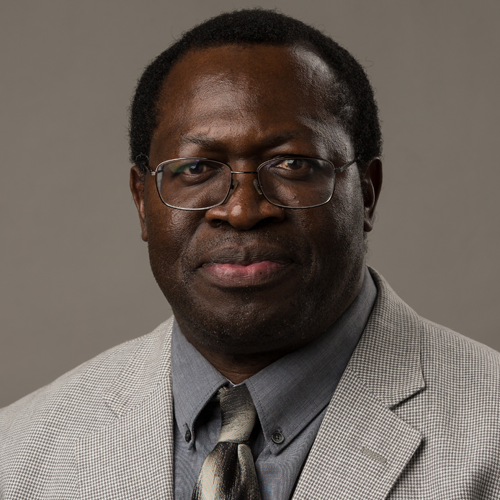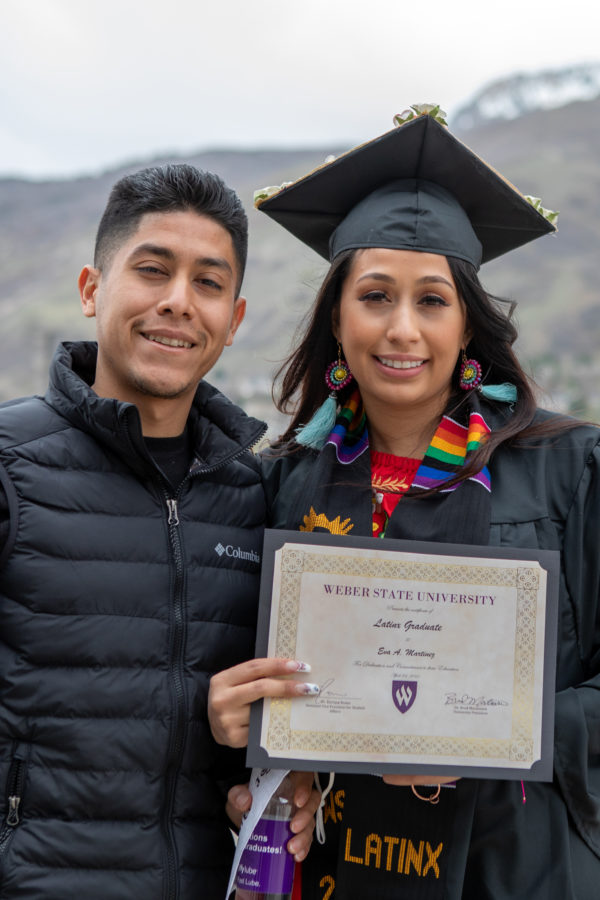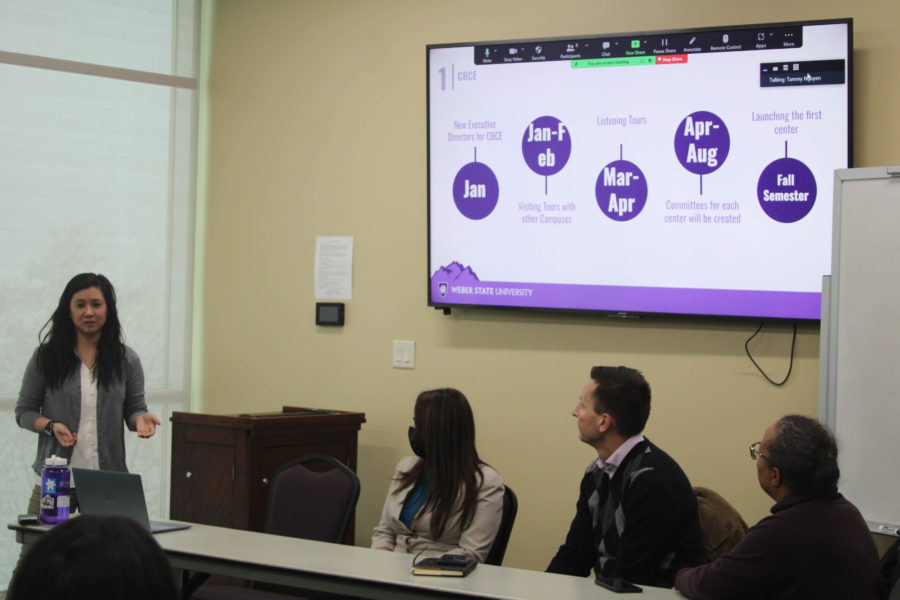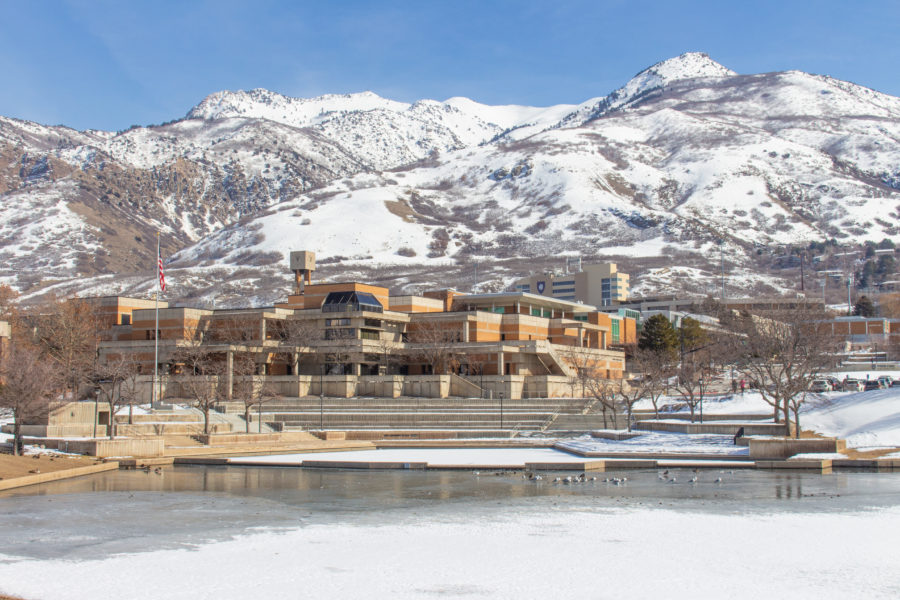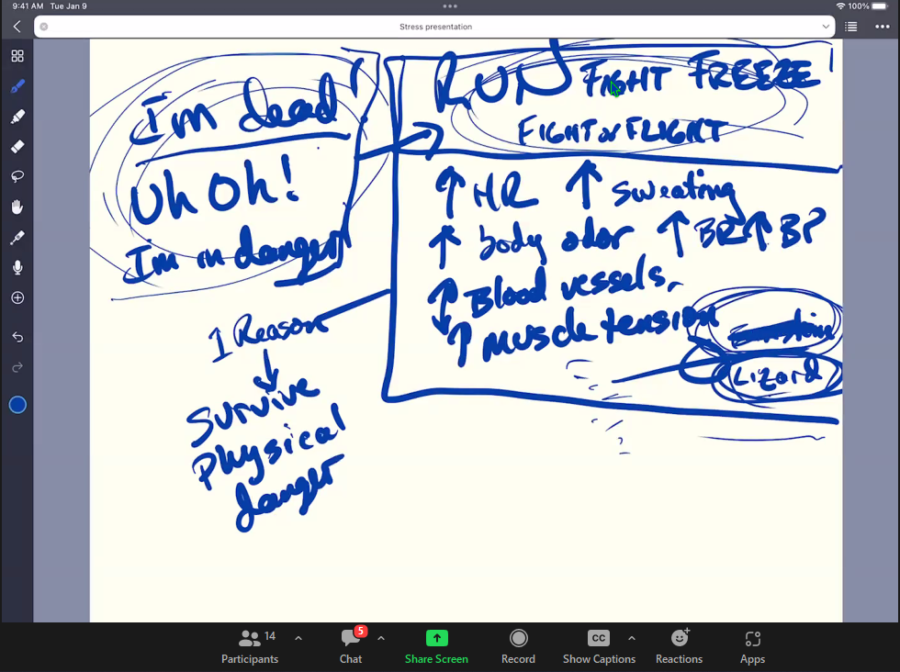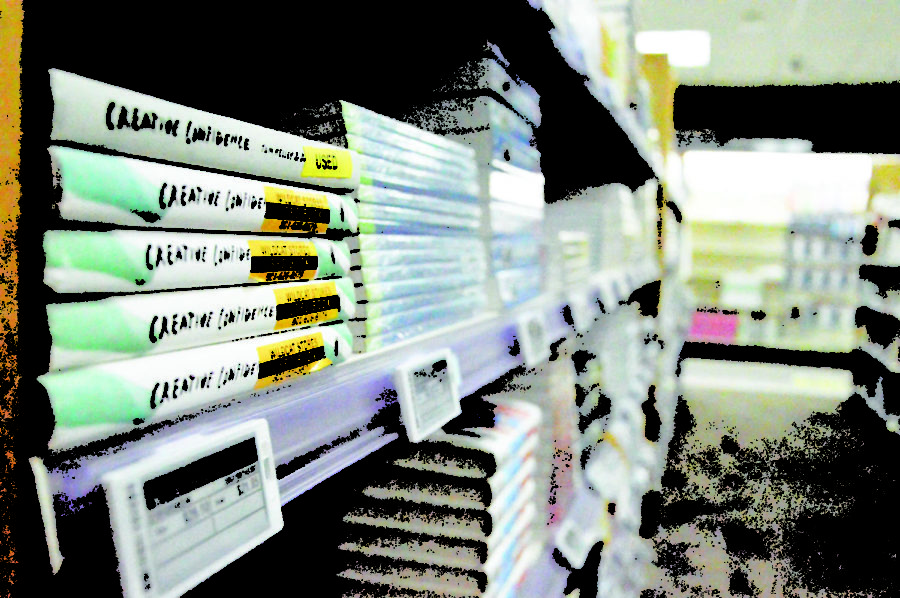
Weber State graduate and Emmy-award nominee Pedro Rojas presented his first-hand experiences as a journalist covering the law enforcement and humanitarian challenges the U.S.-Mexico border faces.
To understand both perspectives, Rojas spent time with border patrol agents and migrants to understand the conditions of their ongoing situation.
As attendees shuffled into the Wildcat Theater, Rojas projected an image of a newscast focused on himself as he directed questions to a border patrol officer.
While they stood on the U.S. side of the Rio Grande river in Texas, the only evidence that migrants had been in the area were scraps of garbage and foot traffic that littered the shoreline. There was more than that, however.
“It was 112 degrees, we were standing at the edge of the United States, and there was a body of migrants who tried to cross right near the edge of the water,” Rojas said.
The Rio Grande appears misleading — shallow and tranquil —, but many migrants have fallen victim due to its depth and unseen rip currents.
The river serves as a physical metaphor for the obstacles the U.S. government and migrants face in regard to the consequences of poverty and violence in Central America and other regions of the world.

Historically, illegal migration across the U.S. southern border consisted mostly of Mexican males wanting to enter the U.S. for work. This changed in 2014 when U.S. Customs and Border Protection began seeing increases in family units and unaccompanied minors attempting to cross.
The national origin of these migrants were different.
More migrants were fleeing poverty, instability and violence in El Salvador, Guatemala and Honduras. CPB statistic sshow 569,000 apprehensions occurred at the southern border in 2014. The existing federal holding facilities were inadequate for the new inflows of families and minors. The government had originally designed these holding facilities for the short-term detention of single adults.
“The Border Patrol apprehended more people on the border in one year than the entire population of the Ogden-Layton metro area,” Rojas said.
Because of the sudden influx in family units and unaccompanied minors, the Obama Administration ordered a limited deployment of the National Guard to the border and began construction of facilities suitable for holding families and minors separately from single men.
These facilities became the infamous “cages” of recent accounts. The number of migrants in custody also led to the creation of federal “tent courts” in several border cities where hundreds of migrants at a time could stand trial and face conviction and deportation.
In 2017, the Trump Administration granted federal agents greater discretionary power to enforce federal immigration law.
“The Trump Administration really was not doing anything new,” Rojas said. “They only decided to strictly enforce laws that were already on the books. Previous administrations took other approaches.”
In 2018, the Trump Administration introduced “family separation” as an additional deterrent to illegal immigration. Under the policy, adults accompanying children across the border needed legal proof of their relationship to the minors. Otherwise, federal agents would separate the minors from the adults.
The policy proved to be devastating for migrant family groups who carried little to no legal paperwork. The policy also failed to include provisions for reuniting family members.
Current CBP statistics show 2019 apprehensions at the border have already surpassed 800,000. However, the Trump Administration’s rhetoric and enforcement has led to a decrease in the rate of border migration. The administration’s pressure on the Mexican government to increase enforcement on its own southern border has also had a big effect on stopping Central American migrants.
Additionally, the administration has replaced 100 miles of border wall. President Trump continues to promise further progress on the wall, but prolonged battles from landowners in federal court to prevent imminent domain will hinder major construction. However, federally owned land, such as national parks and wildlife areas, are vulnerable.
Politics and policy aside, many Central American migrants are still desperate to escape the conditions of their home countries.
Coyotes — individuals who smuggle immigrants — receive up to $15,000 per family and $9,000 per unaccompanied minor for their work. Despite accounts of physical and sexual abuse from coyotes, many migrants are still willing to take the risk.
The CBP also reports an increasing amount of migrants from Haiti, Cuba, Venezuela, Ecuador, parts of Africa and China are joining their Central American counterparts.
Mexican drug cartels have asserted some control over the northward flow of migrants. For the cartels, migrants are “human cargo.” The cartels will funnel migrants into selected border crossing areas to distract Border Patrol agents from drug smuggling operations.
According to Rojas, neither the U.S. government nor the Mexican government have the political will to nullify the cartels’ influence.
“For the coyotes, cartels and private contractors in the U.S., illegal immigration is a lucrative business,” Rojas said. “Anybody who does drugs in the U.S. also has blood on their hands. It is the price we pay for our drug habit.”
The U.S. Supreme Court has allowed the government to send migrants back to Mexico while they await immigration and asylum processing.
According to migrants Rojas has interviewed, very few of them feel safe living in tents on the Mexican side of the border. Many migrants face months of waiting.
Rojas urged caution for those who wish to make the trek from Central America to the border crossing.
“It is not worth it. It is too dangerous,” Rojas said. “But, we cannot forget that these are human beings.”



